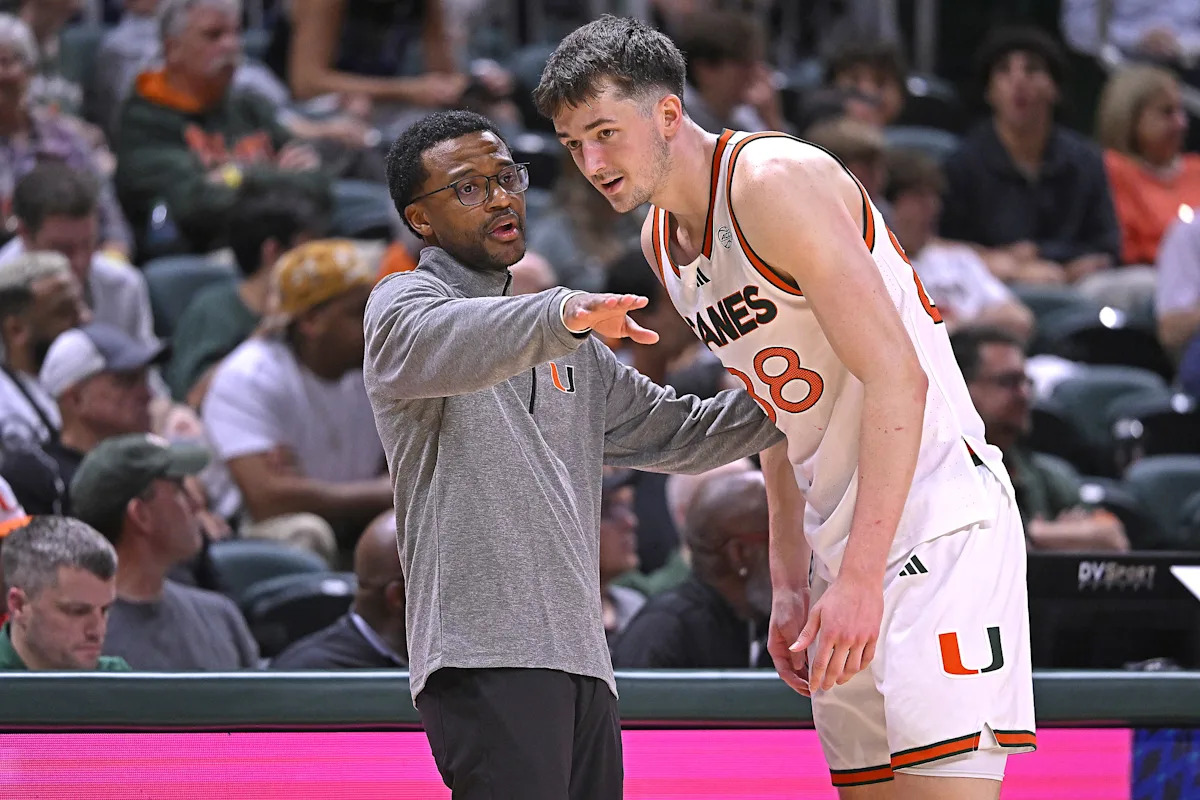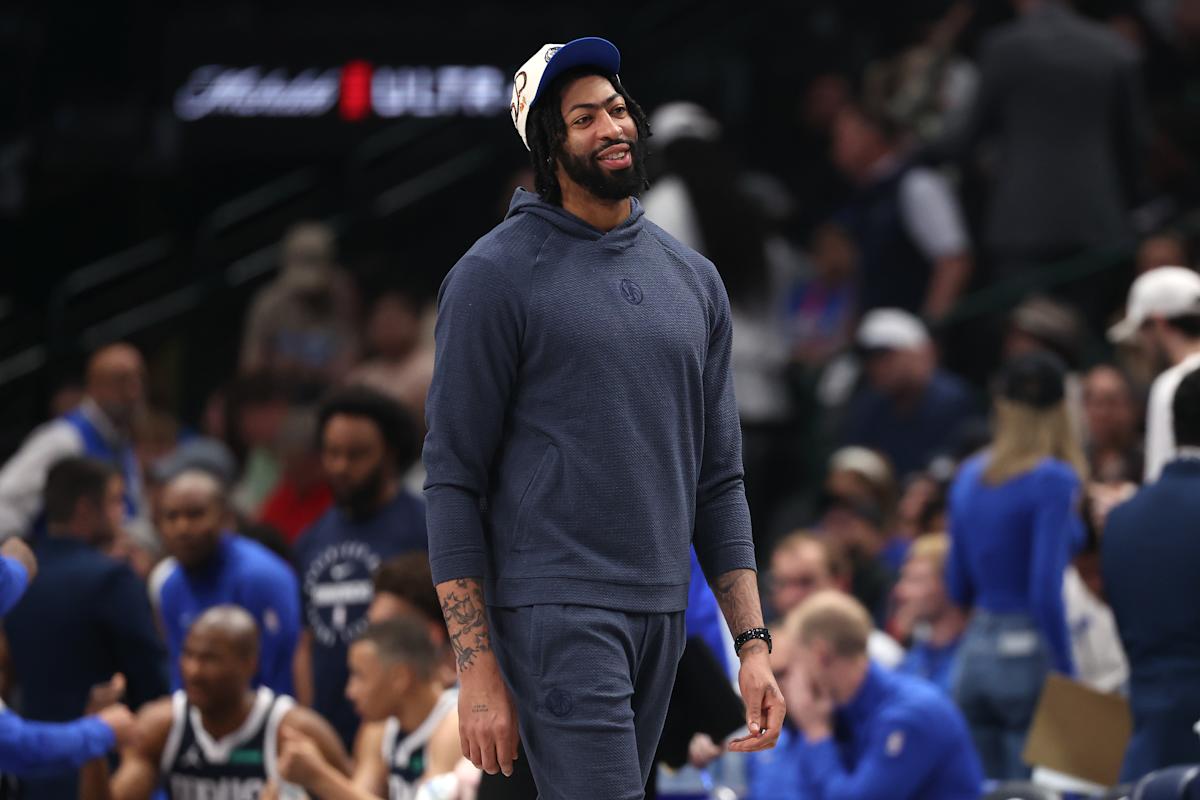Nineteen years ago, Chris Caputo was a 26-year-old assistant coach on the George Mason basketball team that became the second No. 11 seed in NCAA history to reach the Final Four.
Now, as the head coach at George Washington, Caputo says that type of upset run is becoming increasingly difficult.
Caputo advocated for tournament expansion after George Washington’s 89-52 win over UMBC on Wednesday. The fourth-year coach, whose team is the No. 1 Atlantic 10 team in the KenPom ratings, said it’s becoming increasingly difficult for mid-major programs to schedule games against high-major opponents.
“It’s just so challenging in this landscape. The fix is in. The NET. We all know what it is. You can’t manipulate it,” Caputo said. “They basically moved the goal posts on what it would take to get in for teams outside of the power leagues. They just freeze you out.”
“The Fix Is In” – Coach Caputo on big schools freezing out the A10 in MTEs, the challenges of the NET, and why he’s for tournament expansion pic.twitter.com/hlaeICi9SJ
— jjgottschalk (@jjgottschalk) November 20, 2025
Caputo bemoaned the NCAA Evaluation Tool (NET) system, which the NCAA Tournament committee uses to sort teams into four tiers. The NET was created before the 2018-19 season and weighs data such as venue, score, efficiency and other statistics.
“It seems like a very difficult puzzle for the non-Power 4 teams and it wasn’t quite as difficult 10 years ago,” Caputo said.
For Power 4 teams, conference play is loaded with opportunities to collect Quad 1 and 2 wins. On the other hand, it’s difficult for mid-majors to collect high-quality wins or raise their NET rating during conference play.
Home wins are also devalued in the NET system. Caputo noted that for mid-majors, scheduling nonconference home-and-homes once carried “tremendous value,” but now does little to help a team’s NET rating.
Scheduling becomes critical for teams with March Madness aspirations, then. For years, low-major schools would load their schedule with difficult opponents in the hopes of raising their pedigree. Last season, the South Dakota State women’s team played Creighton, Duke, Georgia Tech, Oregon and Texas in nonconference games.
But high-major teams — and multi-team events (MTEs) — are more reluctant to schedule low-major opponents, Caputo said. Instead of risking competitive games against quality mid-majors, several Power 4 teams have turned to scheduling NET 300-level opponents they can easily blow out to boost their metrics, Caputo said.
“The opportunities have evaporated in the world of MTEs,” Caputo said. “And you’re not getting the same value trying to schedule teams with a great record, because you can’t beat those teams by 40 points. So the metrics, it’s almost like no value.”
VCU entered last season’s Atlantic 10 tournament with a 25-6 record, but some feared the Rams wouldn’t have made the NCAA Tournament if it hadn’t won the A-10 tournament. (Matthew Stockman / Getty Images)
Essentially, that dynamic makes it harder for non-Power 4 conferences to send multiple teams to the NCAA Tournament. Caputo pointed to last season’s VCU squad as an example: The Atlantic 10 feared that if the Rams, who had a 25-6 record entering the A-10 tournament, hadn’t won it, they might not have received an at-large bid.
Caputo said there’s a simple solution: Add more bids to the tournament. Just 19 percent of Division I teams advance to the NCAA Tournament, a lower rate than with most other college and pro postseasons, which typically send around 25 percent of their teams to the postseason.
While Caputo admits there’s a chance that Power 4 schools simply will receive more bids, he’s hopeful that there will be space for more mid-majors.
“We got people crying that we shouldn’t add (more teams),” Caputo said. “It should still be exclusive, but I would say 75 percent that don’t get in (the tournament) makes it exclusive still.”
Caputo thinks the trends of nonconference scheduling will continue. “Blue bloods” will schedule more home-and-home series against elite opponents, while mid-majors will have to find creative ways to play competitive opponents.
The 45-year-old is aware of the nostalgia the NCAA Tournament holds. He called it the second-best sporting event in the world, behind the Super Bowl. But for people who are hesitant to see March Madness change, Caputo said the tournament — and college athletics — is always adapting. And he thinks with more chances for mid-majors, there could be more upsets.
“You can’t say, ‘Well, if we let more (teams) in, they won’t win.’ History has said different than that,” Caputo said.























